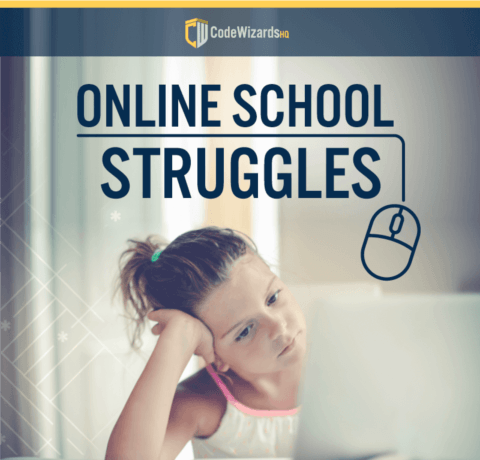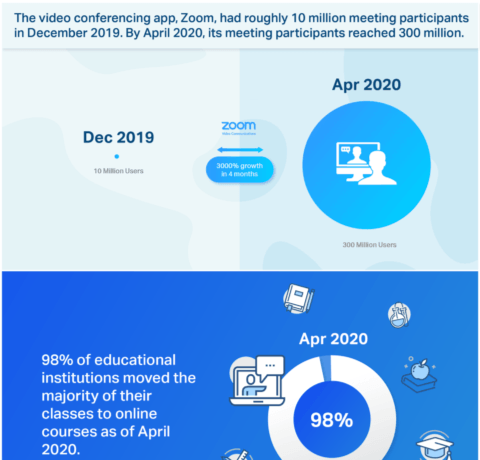It is interesting to see where online programs “live” in a school. Sometimes each school within a University makes its own decisions and has its own faculty readiness program and expectations, but increasingly the decision making is being moved to one centralized location. This Online Learning Trends And Challenges Infographic shares the results of a survey of 675 administrators, and depicts the online program roll out strategy that they found was most common.
Top 10 Online Learning Trends and Challenges
- Decision making for online programs is increasingly being centralized to the provost level
- This ensures better risk management, efficiency, and quality
- 2.6 million students are currently enrolled in fully-online degree programs
- 5.5 million students are taking at least one online course
- 54% of online students are enrolled at an institution within 100 miles from home
- 80% of online students want to bring credit with them from another program
- 66% did not choose the least expensive program
- 50% would need financial aid
- 20% wouldn’t attend if they did not receive aid
- The vast majority of students preferred “90% job placement” when shown 18 different marketing messages
6 Tips To Avoid Online Learning Pitfalls
- Start small, with graduate or degree completion programs contained within a single department, and scale up as needed.
- All stakeholders should be involved from the beginning and early adopters should become partners, but change skeptics minds with results instead of butting heads.
- If online, distance, or continuing/professional education programs are already in place, utilize the experience of those involved.
- Fine-tune your programs before attempting to scale up, keeping in mind issues like intellectual property rights, ADA compliance, support services, transactions, academic integrity, and quality standards.
- Don't forget about the opportunity online programs present for large scale data collection and analytics. These numbers aren't just valuable in distance ed - they can also help spur innovation in the traditional classroom.
- You have to approach online students differently than traditional learners on campus. They are often older, and juggling family and work, but this also doesn't mean they require less support.







You can adjust your cookie preferences here.